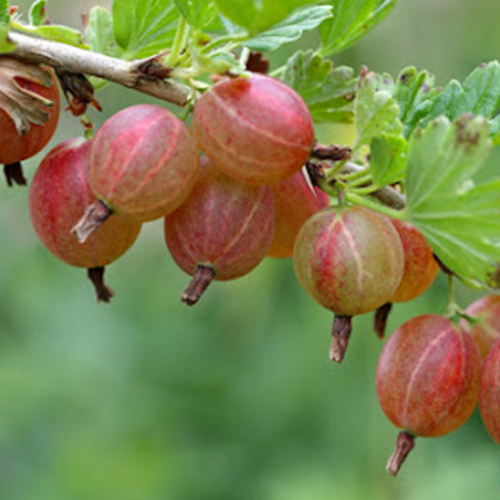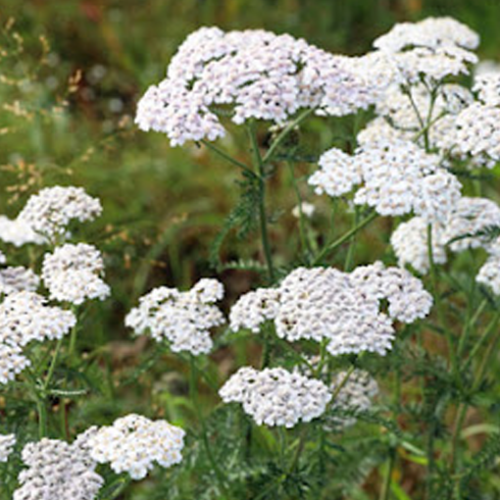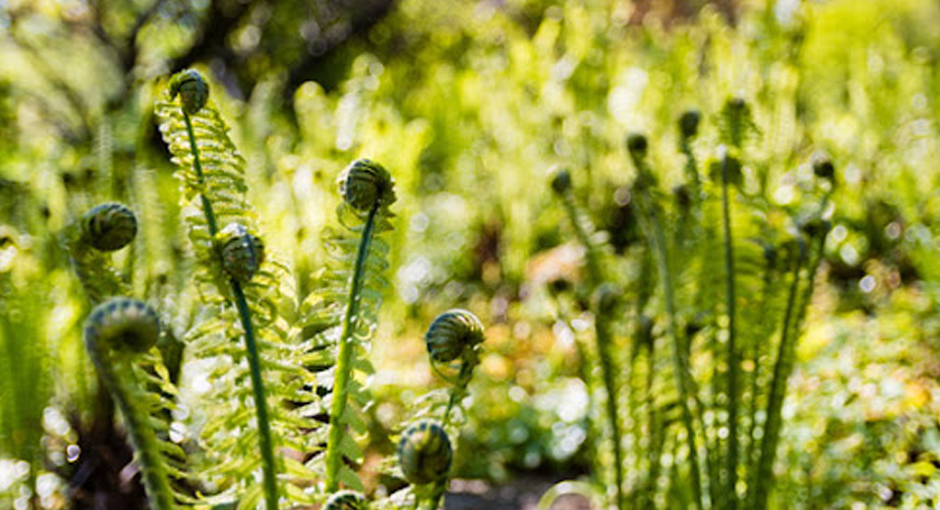A Beginner’s Guide to Edible Plants Within the National Parks
Disclaimer: This article is for informational and entertainment purposes only. It can be very easy to confuse an edible plant with a toxic plant, even with the assistance of a guidebook. Please do NOT eat plants, berries, etc that you may find while exploring the parks.
John Muir often wrote about the stillness of the soul beyond twilight. But in all his reflections, he never expounded on the joys of eating carpenter ants.
With a good guide (or guidebook), visitors can explore the National Parks with an appreciation for everything edible, from bugs to plant life. It’s perhaps how the earliest inhabitants viewed the parks – for their beauty and their bounty.
Under cover of darkness, with only the moon and a lantern to light the way, guests at the Tenaya Lodge at Yosemite can take an evening walk southwest of Yosemite National Park in the nearby Sierra National Forest. The air is often so still, one can hear water trickling through the arid creek bed and the faint rustling of dry leaves and needles on the forest floor.
Almost immediately, visitors will notice nature’s sweet surprises, like edible miner’s lettuce and fiddlehead ferns. And ants.
“Blow on the crack in this stump,” Tenaya Lodge’s naturalist said to one of the dads on a guided tour in the forest. Carpenter ants emerged, en masse, as if responding to a fire drill. The ants are edible too, although just the thought could trigger the gag reflex.
Three Edible Plants in Lassen National Park
Most visitors think of the volcanoes and steaming fumaroles in Lassen National Park; but there are over 700 different flowering plants and an abundance of wildlife here. Pines are dominant at elevations below 6500 feet and the Sugar Pine is a fan favorite. For a scratch and sniff exercise, visitors can take a fingernail to the bark and inhale deeply. The scent of vanilla is the reward but there’s more – the turpentine in the resin has been used for centuries as an antiseptic. Naturalists say the seeds can also be pulverized into a nut-butter.
Gooseberry plants are common in Lassen and have the kind of tartness one would expect – although visitors are discouraged from eating plants in the National Parks, for preservation purposes. Nature also makes gooseberry gathering a challenge – as the branches bear thorns.
At higher elevations between 6500 and 8000 feet, look for the Woolly Mule’s Ear. It’s a funny name for a plant with fruit that tastes like sunflower seeds. The hairy stems have flower heads that resemble sunflowers and the leaves are sharp and narrow. The Native Americans made a paste from the roots and leaves, which they applied to wounds to reduce the swelling.


Two Edible Plants in Sequoia & Kings Canyon National Park
Sequoia & Kings Canyon National Park are known for having the world’s largest trees; but it’s the little things that often stand out here. A plant that lives up to its name is the Evening Primrose, which ‘blooms’ at sunset and wilts in the morning. This is a fun plant to spot on a twilight hike. Look for tall stems (sometimes as high as 6 feet) with white, yellow or pink flowers – four petals together – and a lemony scent. The leaves of this plant can be eaten raw or cooked. Native Americans used the leaves for tea and, of course, one can find this plant today as a popular supplement.
On the smaller side, Yarrow is a plant that can grow up to 3 feet in height with white – or possibly pink flowers – and a strong scent. Its dried flowers are often used for potpourri today, but Native Americans saw Yarrow as a cure for indigestion and fever.
Enjoying the National Parks with an eye toward the edibles is also a way to tap into the quiet side of nature. Away from the crowds, visitors can smell, taste and see what meant the most to the park’s earliest visitors. John Muir said it best when he wrote: “Every leaf seems to speak.”

